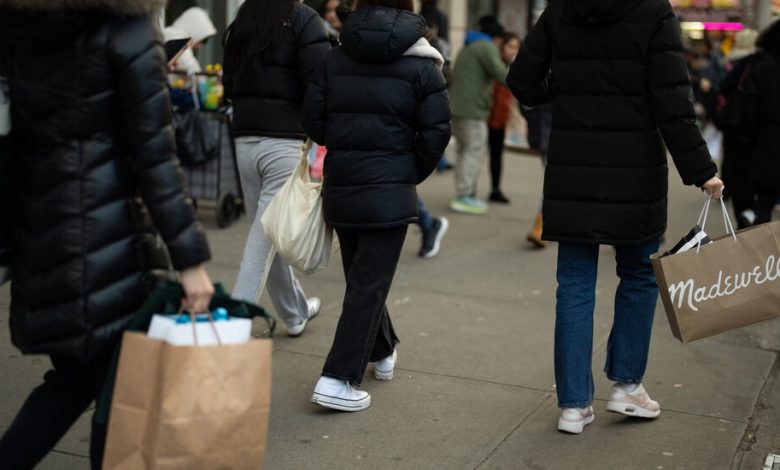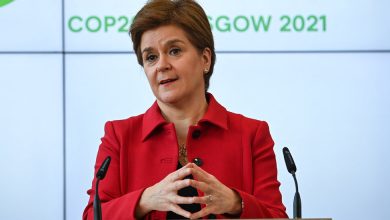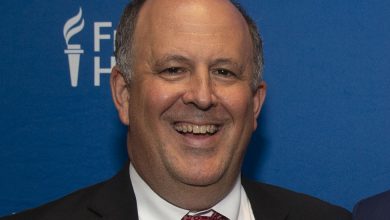Fed’s Preferred Inflation Gauge Eased in November

A closely watched measure of inflation cooled notably in November, good news for the Federal Reserve as officials move toward the next phase in their fight against rapid price gains and a positive for the White House as voters face less daunting cost increases.
The Personal Consumption Expenditures inflation measure, which the Fed cites when it says it aims for 2 percent inflation on average over time, climbed 2.6 percent in the year through November. That was down from 2.9 percent the previous month, and was less than what economists had forecast. Compared with the previous month, prices actually fell slightly.
After volatile food and fuel prices were stripped out for a clearer look at underlying price pressures, inflation climbed 3.2 percent over the year. That was down from 3.4 percent previously.
The report provided the latest evidence that price increases are swiftly slowing, after several months of progress that have helped to convince policymakers that they may be within sight of a soft economic landing — one in which inflation moderates without a painful recession. Fed policymakers held interest rates steady at their meeting this month, signaled that they may well be done raising interest rates, and suggested that they could even cut borrowing costs three times next year.
“Inflation has eased from its highs, and this has come without a significant increase in unemployment — that’s very good news,” Jerome H. Powell, the Fed chair, said at that meeting. Still, he emphasized that “the path forward is uncertain.”
The report released Friday also showed that consumers are still spending at a moderate clip. A measure of personal consumption climbed 0.2 percent from October, and 0.3 percent after adjusting for inflation. Both readings were quicker than the previous month.
The Fed is expected to begin lowering interest rates as soon as March, based on market pricing, though officials have argued that it is too early to talk about when rate cuts will commence.
Central bankers are likely to closely watch for signs that inflation has continued to cool as they contemplate when borrowing costs can come down. Some officials have suggested that keeping interest rates steady when price increases are slowing would effectively squeeze the economy more (interest rates are not price-adjusted, so they get higher after stripping inflation out as inflation falls).
Policymakers are also likely to keep a close eye on consumer spending as they try to figure out how much momentum is left in the economy. Officials still expect the economy to slow more notably in 2024, a demand cool-down that they think would pave the way to sustainably slower price increases.
After a year in which inflation cooled rapidly in spite of surprisingly strong growth, economists are expressing humility. But policymakers remain wary of a situation in which growth remains too strong.
“If you have growth that’s robust what that will mean is probably we’ll keep the labor market very strong; it probably will place some upward pressure on inflation,” Mr. Powell said at his news conference. “That could mean that it takes longer to get to 2 percent inflation.”
That, he said, “could mean we need to keep rates higher for longer.”



